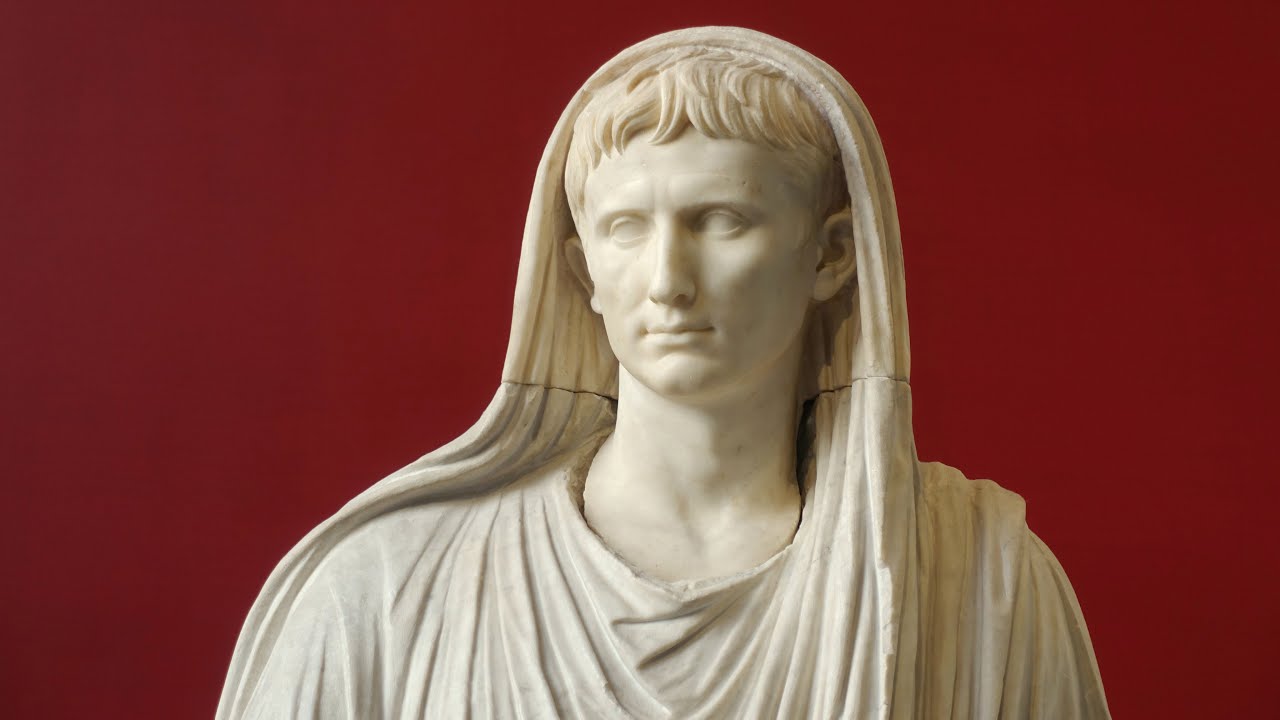Inside the Colosseum - Rome's Most Iconic Landmark
Summary
TLDRThe Colosseum in Rome, built between 72–80 A.D. under Emperor Vespasian, is the world’s largest surviving amphitheater and a top global attraction. Constructed from stone and concrete, it rose as high as a 12-story building with four seating tiers and an underground hypogeum featuring 36 trapdoors and cells for gladiators and animals. The arena hosted gladiator fights, animal hunts, and even mock sea battles, accommodating about 70,000 spectators seated by social rank. Today it welcomes over 5 million visitors annually, is closed only on Dec 25, Jan 1, and May 1, and pairs well with the Roman Forum, Palatine Hill, and nearby museums. Tickets offer arena-floor access; special tickets reach the underground and upper levels.
Takeaways
- 😀 The Colosseum in Rome is the largest surviving amphitheater in the world and one of the Seven Wonders of the World.
- 😀 It was built between 72 A.D. and 80 A.D. under Emperor Vespasian using stone and concrete.
- 😀 The Colosseum stood as tall as a 12-story building and featured four seating levels along with an underground level.
- 😀 It welcomes over 5 million visitors annually, making it one of the most popular attractions in the world.
- 😀 The Colosseum was used for gladiator fights, animal hunts, and reenactments of famous battles.
- 😀 The arena could be flooded to perform mock sea battles, adding to the spectacle of the games.
- 😀 Gladiator contests often included wild animals such as lions, tigers, and rhinos.
- 😀 The Colosseum had 36 trapdoors and an underground area known as the hypogeum, used for holding gladiators and animals.
- 😀 The structure featured 80 numbered archways at the entrance, guiding spectators to their seats.
- 😀 The Colosseum could hold around 70,000 spectators, with seating arranged based on social class.
- 😀 It is open to visitors daily, except on December 25th, January 1st, and May 1st, with weekday afternoons being the best time to visit.
Q & A
What is the Colosseum and where is it located?
-The Colosseum is the largest surviving amphitheater in the world, located in the heart of Rome, Italy. It is one of the seven wonders of the world.
When was the Colosseum built?
-The Colosseum was built between 72 A.D. and 80 A.D. during the reign of Emperor Vespasian.
What materials were used in the construction of the Colosseum?
-The Colosseum was built using stone and concrete.
How tall was the Colosseum and how many seating levels did it have?
-The Colosseum was as tall as a 12-story building and had four seating levels along with one underground level.
What types of events were held at the Colosseum?
-The Colosseum hosted gladiator fights, animal hunts, reenactments of famous battles, and mock sea battles.
How did the Colosseum accommodate different types of events?
-The arena had 36 trapdoors and an underground level known as the 'hypogeum' to hold gladiators and animals before the events.
How many spectators could the Colosseum hold?
-The Colosseum could accommodate around 70,000 spectators.
How were the seats in the Colosseum organized?
-The seating arrangement was based on social status, with the elite sitting closest to the arena and the lower class citizens sitting higher up.
When is the Colosseum open to visitors?
-The Colosseum is open to visitors every day of the week, except on December 25th, January 1st, and May 1st.
What is the best time to visit the Colosseum to avoid crowds?
-The best time to visit the Colosseum is during weekday afternoons, as it is less crowded.
What additional attractions can visitors explore near the Colosseum?
-Visitors can pair their Colosseum experience with a visit to the Roman Forum, Palatine Hill, Vatican Museums, and the Borghese Gallery.
What types of tickets are available for the Colosseum?
-Tickets to the Colosseum grant access to the arena floor. Special access tickets also allow visitors to explore the underground and the fourth and fifth seating levels. These tickets also include access to the Roman Forum and Palatine Hill.
Outlines

This section is available to paid users only. Please upgrade to access this part.
Upgrade NowMindmap

This section is available to paid users only. Please upgrade to access this part.
Upgrade NowKeywords

This section is available to paid users only. Please upgrade to access this part.
Upgrade NowHighlights

This section is available to paid users only. Please upgrade to access this part.
Upgrade NowTranscripts

This section is available to paid users only. Please upgrade to access this part.
Upgrade Now5.0 / 5 (0 votes)





